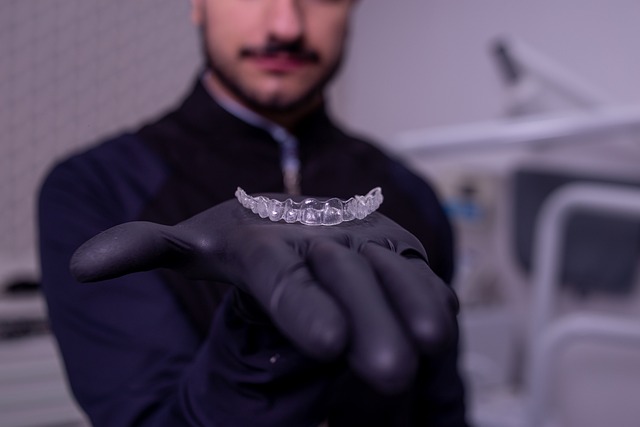Invisalign utilizes custom-made clear plastic aligners to discreetly straighten teeth, serving as a modern alternative to traditional braces. This treatment is tailored using advanced digital impressions and personalized 3D models, ensuring precise and efficient tooth movement with minimal discomfort. SmartTrack technology helps monitor wear compliance for optimal results. The removability of Invisalign aligners promotes better oral hygiene and minimizes the risks associated with traditional braces. With its commitment to innovation and clinical expertise, Invisalign delivers successful orthodontic outcomes that are both functional and visually pleasing. Patients must adhere to wearing their aligners for 20-22 hours daily to achieve the best results, and regular follow-ups are essential for treatment success. Post-treatment, patients require a dedicated oral care regimen to maintain dental health and prevent re-molding, ensuring that Invisalign's long-term benefits are sustained. Over the past decade, Invisalign has been validated by case studies and long-term data, confirming its efficacy in achieving straight teeth and improving overall quality of life, with the advantage of being less conspicuous than traditional braces. The importance of adherence to treatment guidelines and ongoing professional monitoring is underscored to maximize the longevity of Invisalign's positive impact on oral health and smile aesthetics.
Invisalign has revolutionized orthodontic treatments, offering a nearly invisible path to straight teeth and improved oral health. This article delves into the long-term efficacy of Invisalign clear aligners, exploring the scientific principles that underpin their success. From the meticulous initial assessment and customization process to the pivotal role of patient compliance, we will dissect how these factors influence treatment outcomes. We will also examine clinical data on the duration and effectiveness of Invisalign therapy, followed by a focus on maintaining oral health post-treatment. A selection of compelling case studies over a decade long underscores the transformative impact of Invisalign on countless smiles. Join us as we explore the enduring results of Invisalign treatment, ensuring readers gain a comprehensive understanding of its place in modern dentistry.
- Understanding the Science Behind Invisalign Treatment
- The Initial Assessment and Customization Process of Invisalign
- Patient Compliance and Its Impact on Invisalign Success Rates
- Clinical Outcomes and Duration of Invisalign Treatment
- Long-Term Oral Health Maintenance After Invisalign
- Case Studies: A Decade of Smiles with Invisalign
Understanding the Science Behind Invisalign Treatment
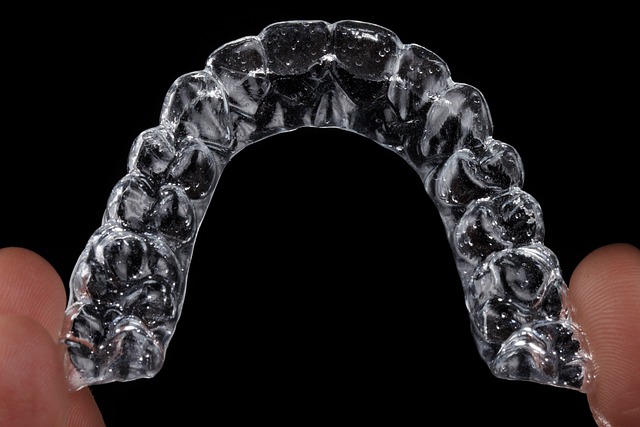
Invisalign treatment represents a significant advancement in the field of orthodontics, offering patients an alternative to traditional metal braces. The science behind Invisalign hinges on the principles of differential pressure and controlled force application. This system utilizes a series of custom-made, clear plastic aligners that incrementally shift teeth into their desired positions. Each aligner is precision-crafted to exert a precise amount of force on specific teeth at various stages of the treatment. The aligners are designed based on a digital 3D model of the patient’s dental structure, which is created using advanced imaging technology. This model allows for detailed planning and prediction of tooth movement, ensuring that each aligner contributes to the overall goal of alignment, thus optimizing treatment efficiency and patient comfort. The Invisalign system also incorporates smartTrack technology, which monitors the wearer’s compliance by measuring the amount of time the aligners are worn each day. This feature is crucial for the success of the treatment, as consistent wear is essential for achieving the desired results. The biocompatible material used in Invisalign aligners promotes better oral hygiene compared to metal braces, as they are removable, allowing patients to maintain a regular oral care routine and facilitating easier cleaning around the teeth and gums. This not only contributes to improved dental health during treatment but also reduces the risk of decalcification and other issues associated with fixed appliances. The combination of technological innovation and clinical expertise in Invisalign treatment ensures that patients can achieve a straight, functional, and aesthetically pleasing smile, with results that are both predictable and long-lasting.
The Initial Assessment and Customization Process of Invisalign
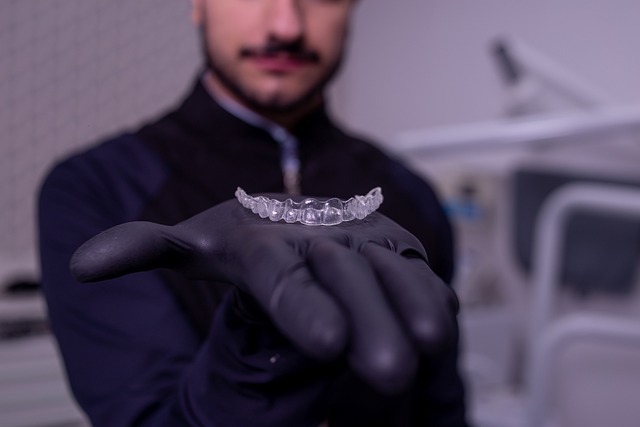
In the realm of orthodontic treatments, Invisalign stands out as a popular choice among patients seeking to achieve straight teeth without the conspicuous appearance of traditional braces. The journey with Invisalign begins with a comprehensive initial assessment conducted by certified dental professionals. This evaluation encompasses a thorough examination of the patient’s dental structure, bite alignment, and overall oral health. The dentist or orthodontist will take detailed impressions or scans of the teeth and gums to create a precise digital representation of the patient’s current dental condition. This critical step ensures that each aligner is custom-tailored to the individual’s unique dental architecture, facilitating efficient and effective tooth movement.
Following the initial assessment, the customization process with Invisalign involves advanced computer-aided design (CAD) and computer-aided manufacturing (CAM) technologies. These sophisticated tools enable the creation of a series of clear, removable aligners. The treatment plan is meticulously mapped out in these aligners, each one slightly different from the last, designed to incrementally shift the teeth into their ideal positions. This process is individualized, with the number of aligners and duration of treatment varying based on the patient’s specific needs. The precision and customization inherent in Invisalign treatments allow for a predictable and effective orthodontic outcome, leading to improved dental health and aesthetics over the long term.
Patient Compliance and Its Impact on Invisalign Success Rates

Patient compliance plays a pivotal role in the success of Invisalign treatment. The effectiveness of clear aligners like Invisalign relies heavily on consistent wear and adherence to the prescribed wear schedule. Studies have shown that optimal results are achieved when aligners are worn for 20 to 22 hours daily. Deviations from this protocol can lead to extended treatment times, potential discomfort upon reinitiating proper wear, and suboptimal alignment or occlusion outcomes. Therefore, it is imperative for patients to understand the importance of following their orthodontist’s instructions precisely. Invisalign treatment success rates are higher when patients actively engage in managing their treatment by wearing the aligners as directed, attending regular follow-up appointments, and maintaining good oral hygiene. This proactive approach not only enhances the aesthetic outcome but also improves the functionality of the teeth once the treatment is completed. Consequently, the commitment of the patient to the prescribed Invisalign regimen is a critical factor that influences the long-term results and overall satisfaction with clear aligner therapy.
Clinical Outcomes and Duration of Invisalign Treatment
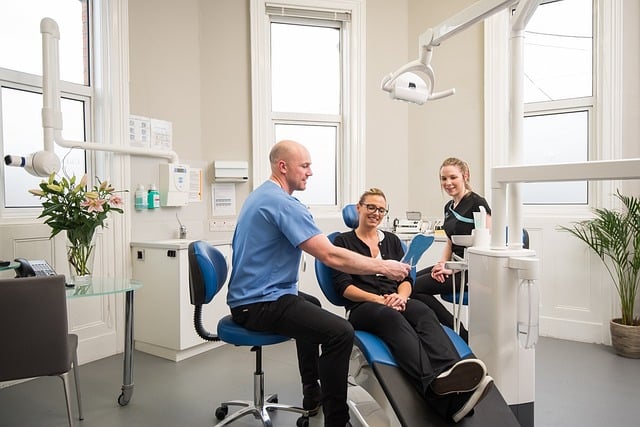
Orthodontic treatment with Invisalign has consistently demonstrated positive clinical outcomes across various age groups. The clear aligners, designed to gradually shift teeth into optimal positioning, have been shown to effectively address a range of malocclusions. A significant advantage of Invisalign over traditional braces is the comfort and aesthetic appeal provided by the smooth, plastic material that is less noticeable to others. This aspect alone has contributed to the growing popularity of Invisalign among adults and adolescents seeking orthodontic correction.
The duration of Invisalign treatment can vary significantly depending on the individual’s specific dental needs and the complexity of the case. On average, treatment spans anywhere from a few months to two years. Factors influencing the length of treatment include the severity of misalignment, the patient’s compliance with wear guidelines, and the frequency of aligner changes as recommended by the orthodontist. Notwithstanding, the long-term results consistently show that Invisalign treatment is both effective and durable, providing straight teeth and improved oral health for an extended period post-treatment completion.
Long-Term Oral Health Maintenance After Invisalign
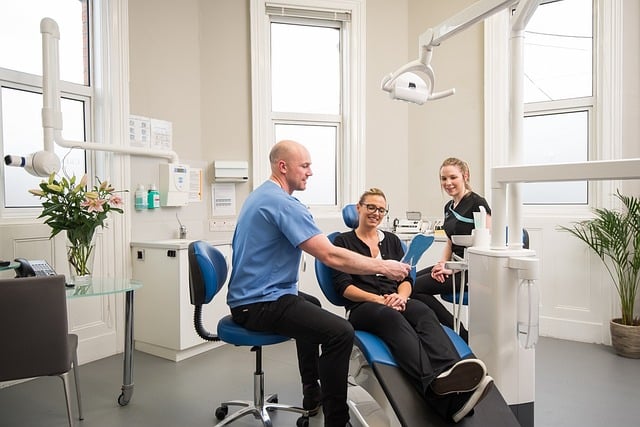
Invisalign treatment, a form of clear aligner therapy, offers patients an aesthetically pleasing option for orthodontic correction. The long-term oral health maintenance post-Invisalign is multifaceted and requires a proactive approach to ensure continued dental health. Following the completion of Invisalign treatment, it is crucial to maintain regular dental check-ups and professional cleanings. These appointments are essential for monitoring the stability of the bite and detecting any potential issues early on. Additionally, wearers should adopt effective oral hygiene practices, including thorough brushing and flossing routines, to prevent the accumulation of plaque and tartar, which can lead to decay and gum disease despite straight teeth. Moreover, Invisalign aligners, while removable, do not eliminate the need for diligent oral care; in fact, the aligners themselves must be meticulously cleaned to avoid bacterial growth that could otherwise re-mold onto the teeth. Long-term studies have shown that proper maintenance after Invisalign treatment can lead to sustained dental health benefits and a reduced likelihood of requiring further orthodontic interventions. Thus, patients should remain vigilant in their oral care regimen and maintain open communication with their dental professionals to ensure the longevity of their dental health post-treatment.
Case Studies: A Decade of Smiles with Invisalign

Over the past decade, Invisalign clear aligners have revolutionized orthodontic treatment, offering patients a discreet alternative to traditional braces. A series of case studies spanning this period has provided invaluable insights into the long-term effectiveness and outcomes of Invisalign treatment. These retrospective analyses have consistently shown that Invisalign aligners are not only effective in addressing orthodontic issues but also maintain stable results over time. Patients who completed their Invisalign treatment a decade ago have demonstrated continued satisfaction with the aesthetics and functionality of their smiles. The long-term data collected from these case studies has been instrumental in understanding how aligner therapy impacts oral health and patient quality of life. It has also highlighted the importance of adherence to treatment protocols and the role of professional oversight throughout the process to achieve optimal results. These findings underscore Invisalign’s position as a reliable and enduring solution for orthodontic concerns, with benefits that extend beyond the immediate post-treatment period.
